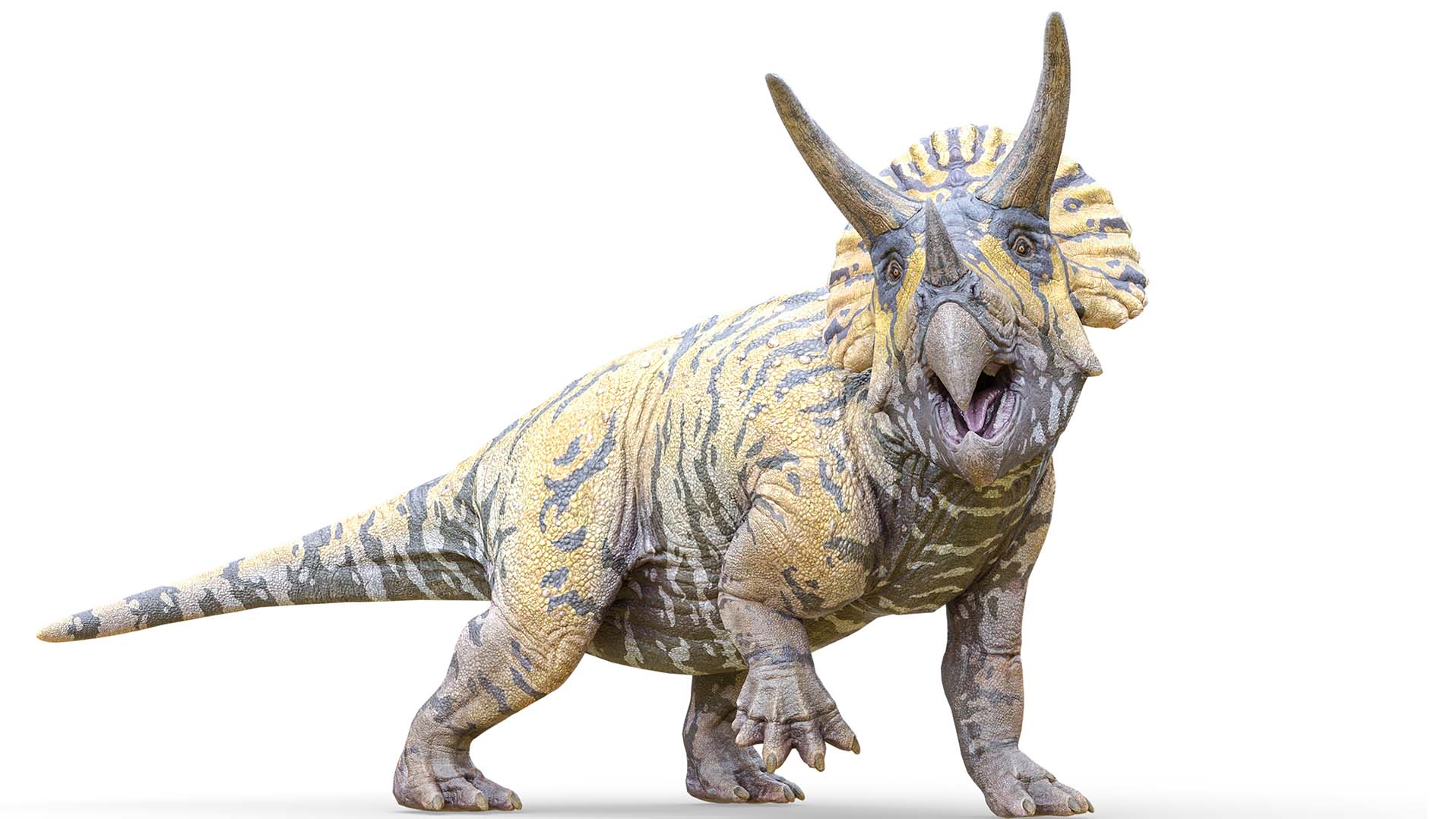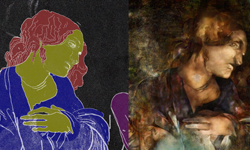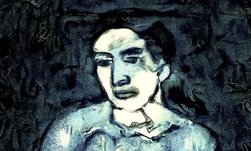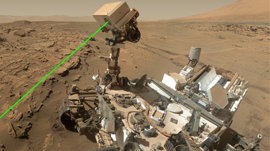For the first time using AI, researchers from Yamagata University in Japan, in collaboration with IBM, have discovered 142 new geoglyphs, which depict people, animals, and other beings, on the ancient motifs in the Nazca Pampa region of Peru.
The new geoglyphs were identified using high-resolution 3D data, taken from on-site surveys and aerial imagery collected since 2004.
The newly discovered carvings depict human forms and animals such as llamas and alpacas, cats, fish, and snakes.
According to the archeologists, the geoglyphs are thought to be from around 100 BC to AD 300.
Using NVIDIA V100 GPUs on IBM Power System AC922s, the same systems used on the world’s fastest supercomputer Summit, and the CUDA accelerated Watson Machine Learning Community Edition (Watson ML CE) deep learning framework, the researchers trained their model to detect the previously unseen carvings.
Akihisa Sakurai, an IBM researcher, says finding the new carvings was tricky. With fewer than 100 geoglyphs, each with a different shape and size, it’s difficult to teach the neural network, Sakurai said. “We specifically built techniques in the deep learning framework to learn and distinguish between these different patterns and sizes of the geoglyphs,” Sakurai told The Verge. Even then, the model still found several hundred possible candidates that needed to be checked by hand.
The new findings are categorized into two types: The first category is more abstract and geometric in shape and size, this includes larger shapes, including one that stretches more than 330 feet.

The second is the representational group, which depicts animals and anthropomorphic figures, usually spanning less than 165 feet.
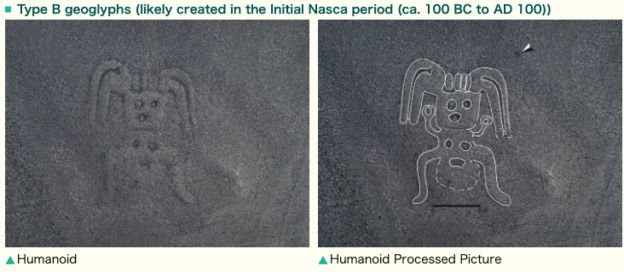
The university and IBM have signed an agreement to continue this work. Their next project is to aggregate 10 years’ worth of aerial imagery and data to create a new comprehensive study of the Nazca lines. Doing so, said Sakurai, “will give a better worldview of the people who made these geoglyphs and for what purpose.”
Masato Sakai, a professor of cultural anthropology and Andean archaeology who led the research, says the drawings must become more visible to ensure their survival. “The most important point is not the discovery itself,” Professor Sakai told the New York Times, “They should be cleaned up…If they become clearly visible, they will be protected as important cultural heritages.”

